Liverpool Biennial 2023 explores the legacy of slavery
The Liverpool Biennial 2023, ‘uMoya: The Sacred Return of Lost Things’, seeks a sense of healing as it explores the legacy of slavery in the city
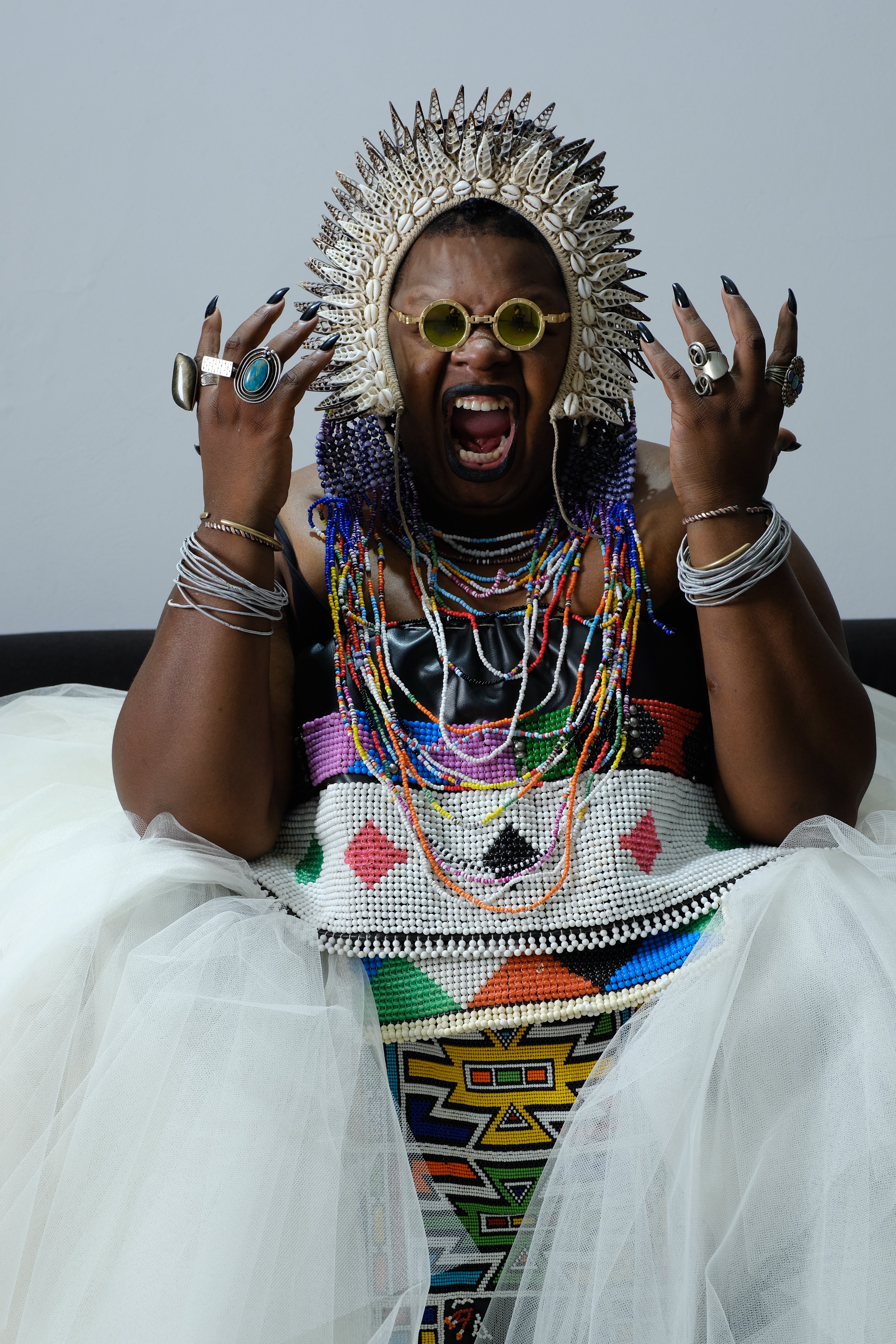
The Liverpool Biennial 2023 turns its lens on the legacy of slavery in the city, and asked South African curator Khanyisile Mbongwa to take on this challenge.
The city of Liverpool, famous for its history of music and football, was at the epicentre of the transatlantic slave trade for over one hundred years and much of the city was built through wealth generated by the trade of goods and people. The United Kingdom and the world are finally addressing the reality of the slave trade and the art world has played a part in this, mainly through artists tackling this gargantuan subject and its continuing ripple effect on our society.
Liverpool Biennial 2023: ‘uMoya: The Sacred Return of Lost Things’
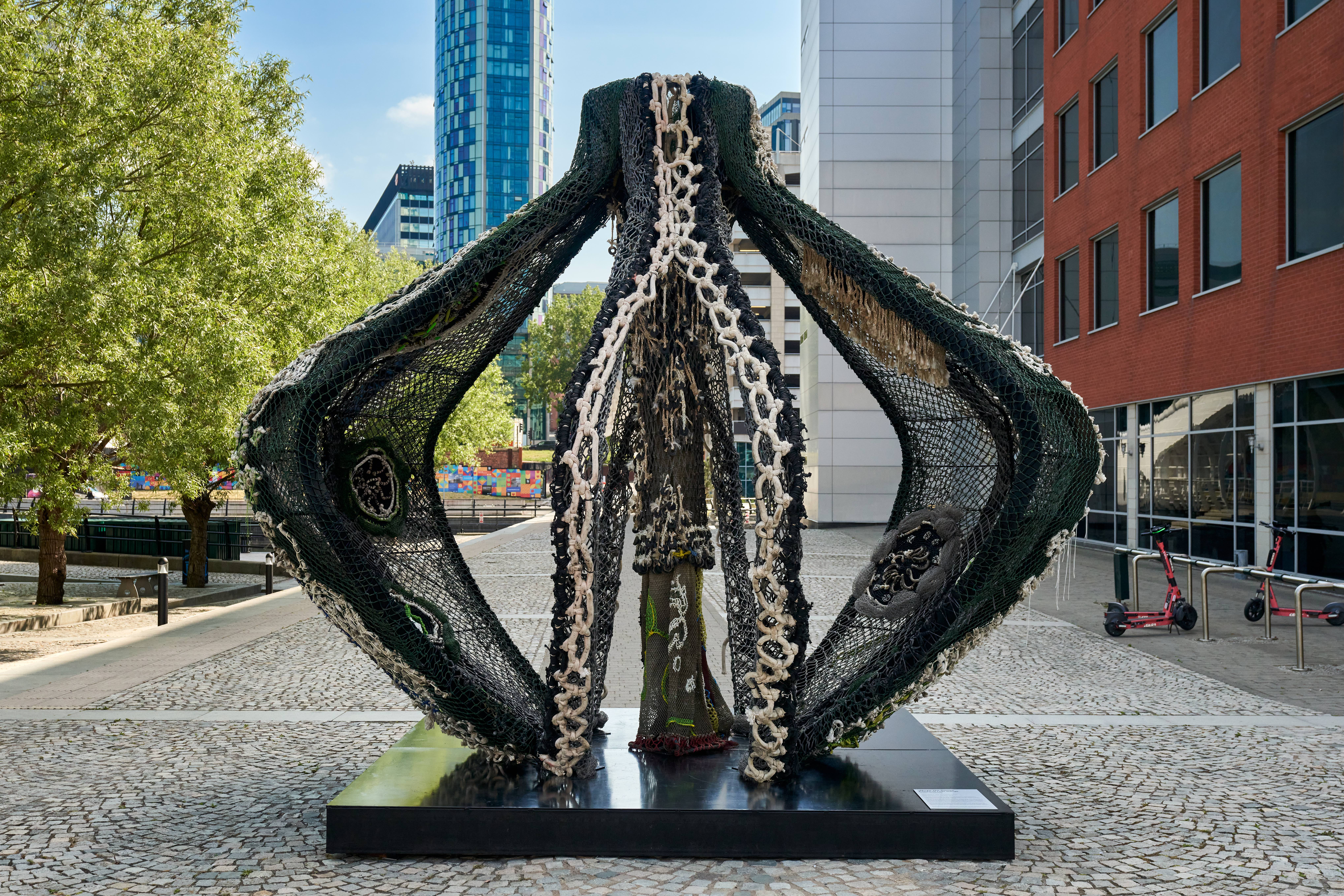
Eleng Luluan, Ngialibalibade to the Lost Myth, 2023. Installation view at Princes Dock, Liverpool Biennial 2023
After walking the city, Mbongwa decided on the biennal’s theme of ‘uMoya: The Sacred Return of Lost Things’, looking at care, breath and return in the city. The word ‘uMoya’ means air, wind breath, spirit and soul in Xhosa and relates to a sense of healing, of care, of passage, the sea and of return.
‘I have invited artists whose works really sit in what I call emancipation practices and these practices… really holding the space between woundedness and how we imagine ourselves through this woundedness for a possible healing to happen,’ Mbongwa said in her opening remarks.
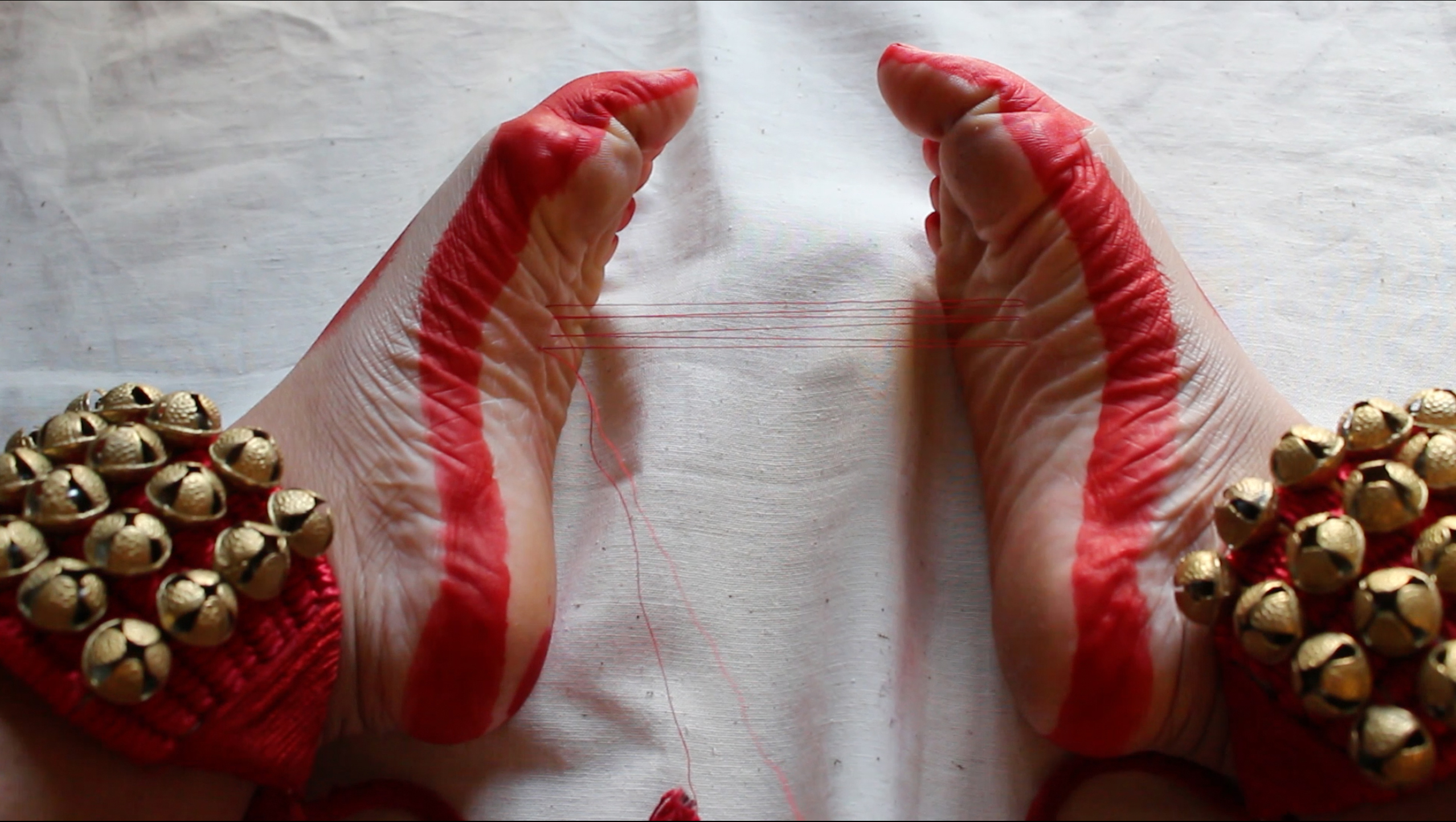
Raisa Kabir, Build me a loom off of your back and your stomach..., 2018
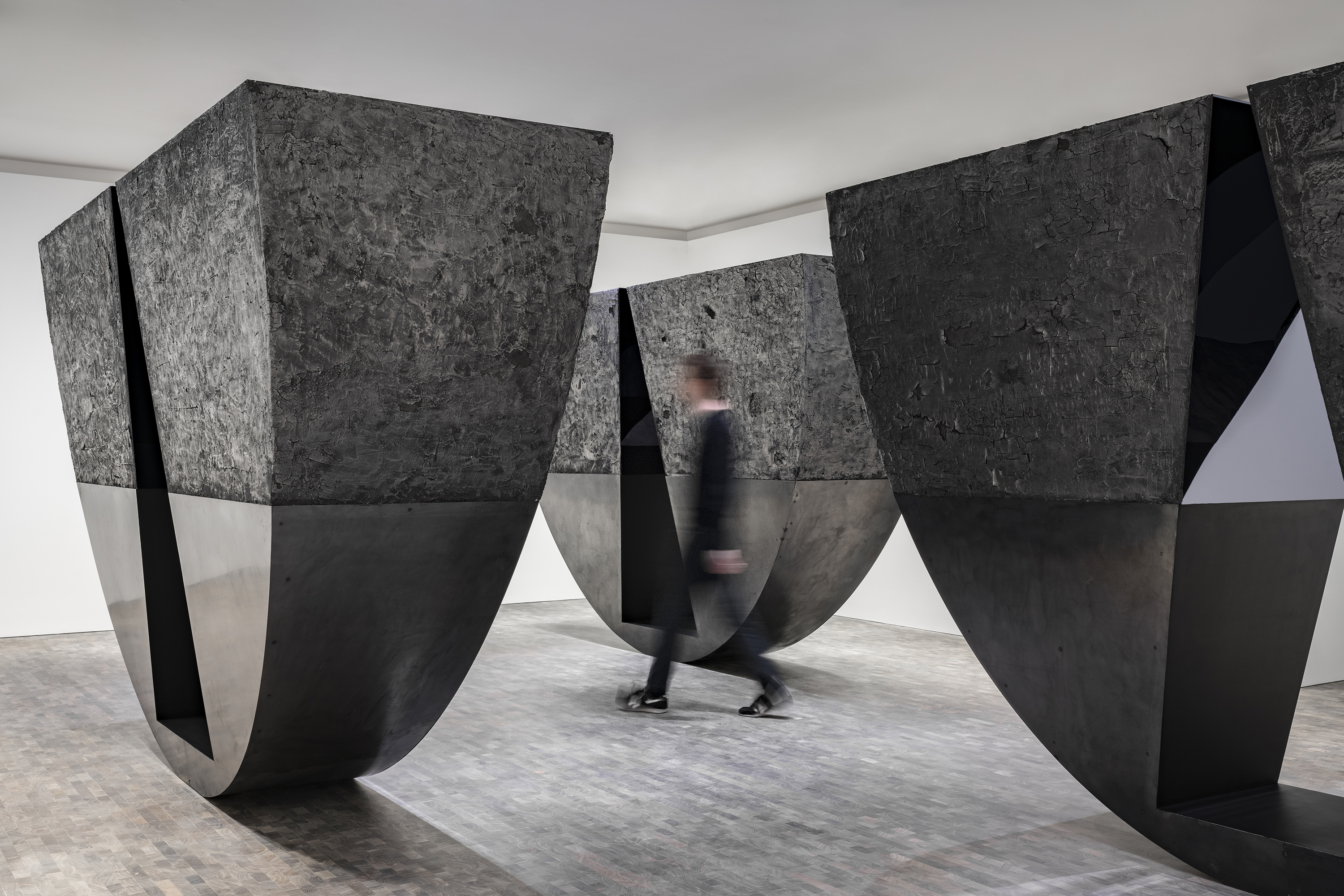
Torkwase Dyson, installation view of ‘Torkwase Dyson/ Liquid a Place’, Pace Gallery, 2021
The venues include spaces around the city relating to the slave trade – the cotton exchange, a tobacco warehouse – and a selection of Liverpool’s great art venues such as The Bluecoat, FACT and Tate Liverpool. Each venue has a grounding artist, explained Mbongwa, their work supporting the other works in the space. At The Bluecoat, it’s artist Raisa Kabir, who has a small retrospective; and at Tate, it’s Torkwase Dyson with the work Liquid A Place, 2021.
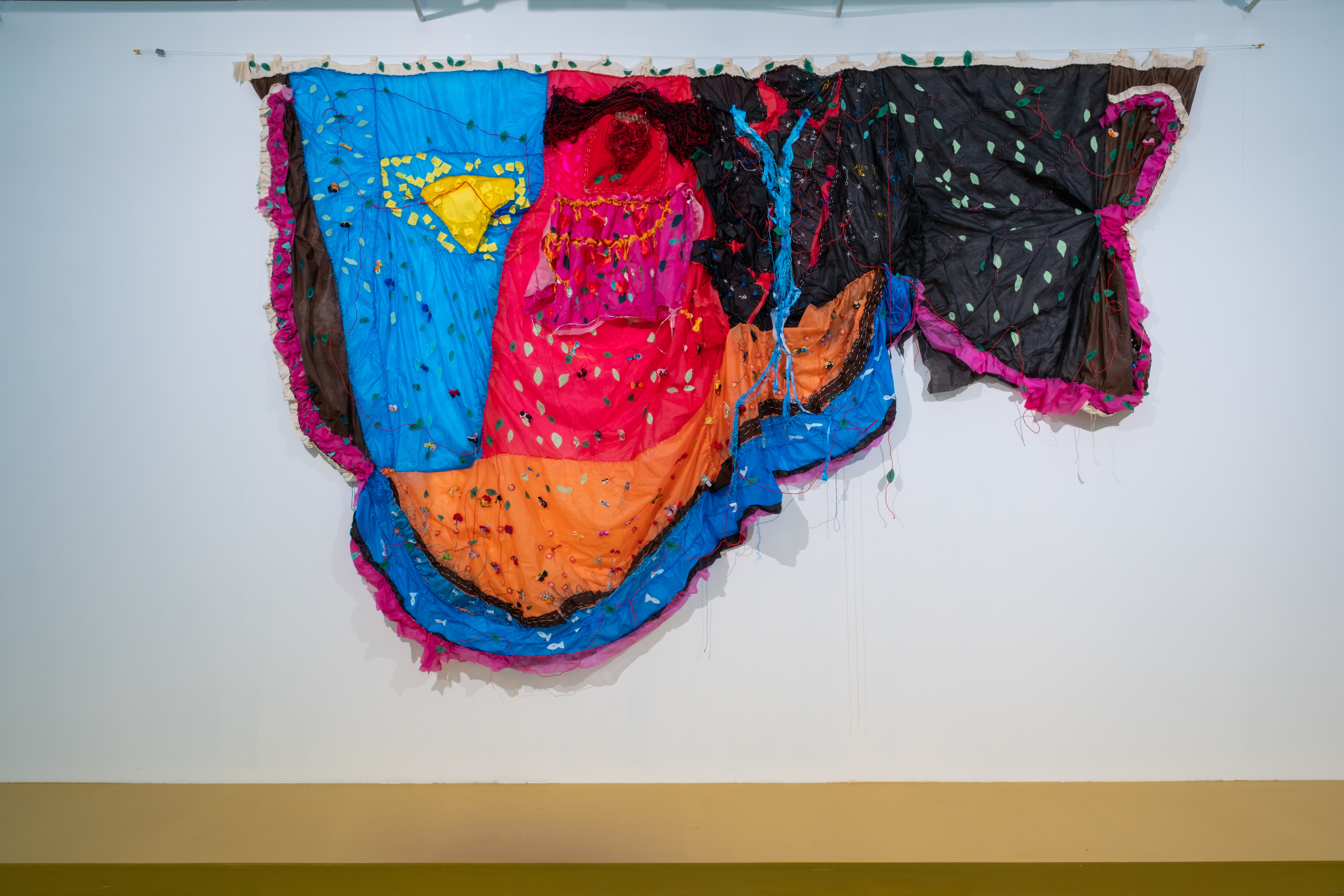
Isa do Rosário. Liverpool Biennial 2023 at Tate Liverpool
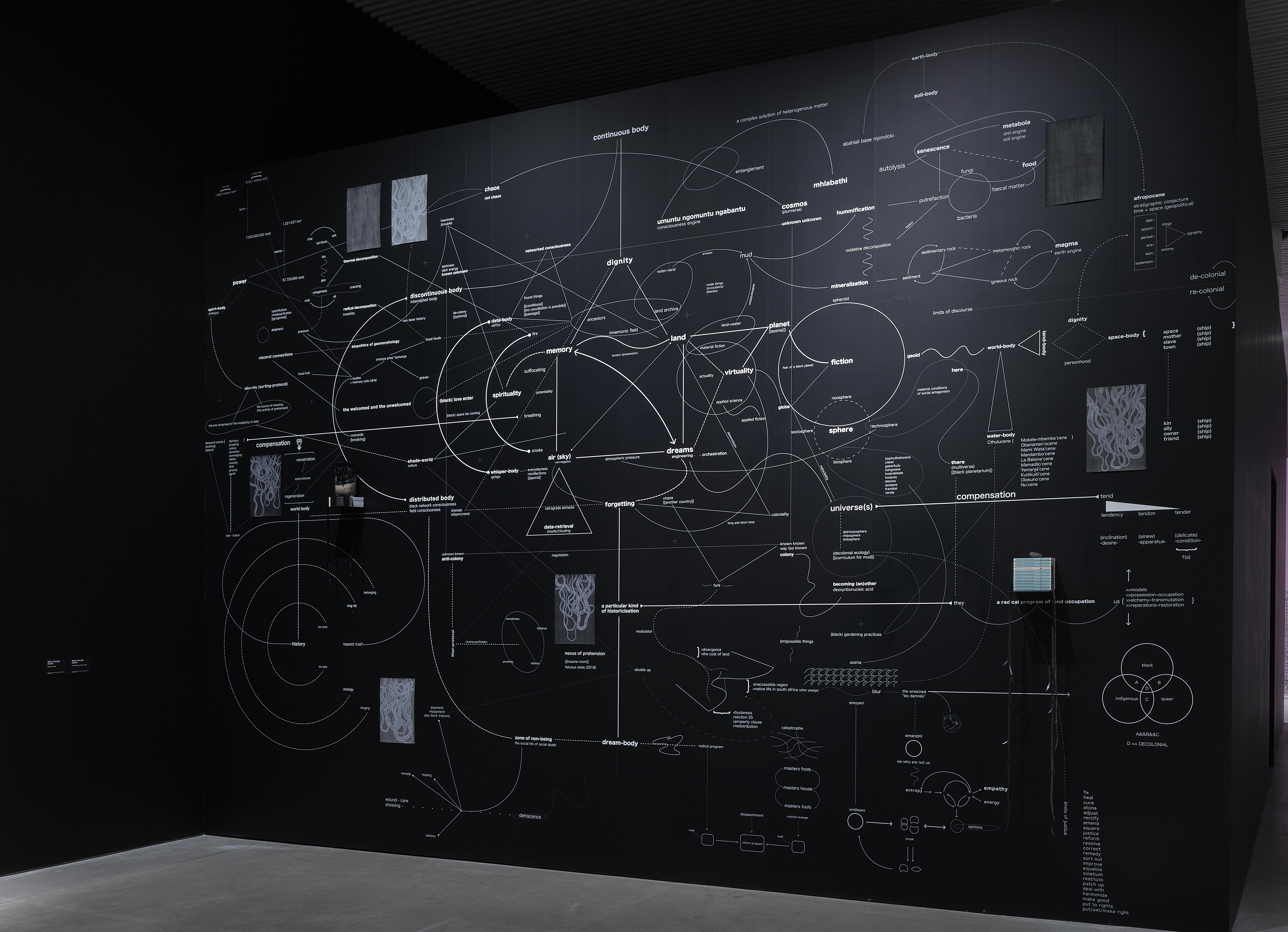
Nolan Oswald Dennis, No conciliation is possible, 2018 – ongoing
The works at Tate Liverpool include Nolan Oswald Dennis’ ongoing No conciliation is possible (working diagram), 2018-present, which is a ‘diagram tracing recursive structures of power through space and time’. It facilitates deep thought, and its lines, spirals, triangles and free-flowing circles join events, ideas, feelings, states of being and more in a work that spans the entirety of two gallery walls.
‘I thought it was interesting that Khanyisile was interested in this work in this broader context of healing and return, which are often words that are thrown around easily and provide this sense that things are OK, without necessarily attending to the parts that are not OK,’ Dennis explained. ‘I think that work is really about trying to take healing and wounding seriously.’
Wallpaper* Newsletter
Receive our daily digest of inspiration, escapism and design stories from around the world direct to your inbox.
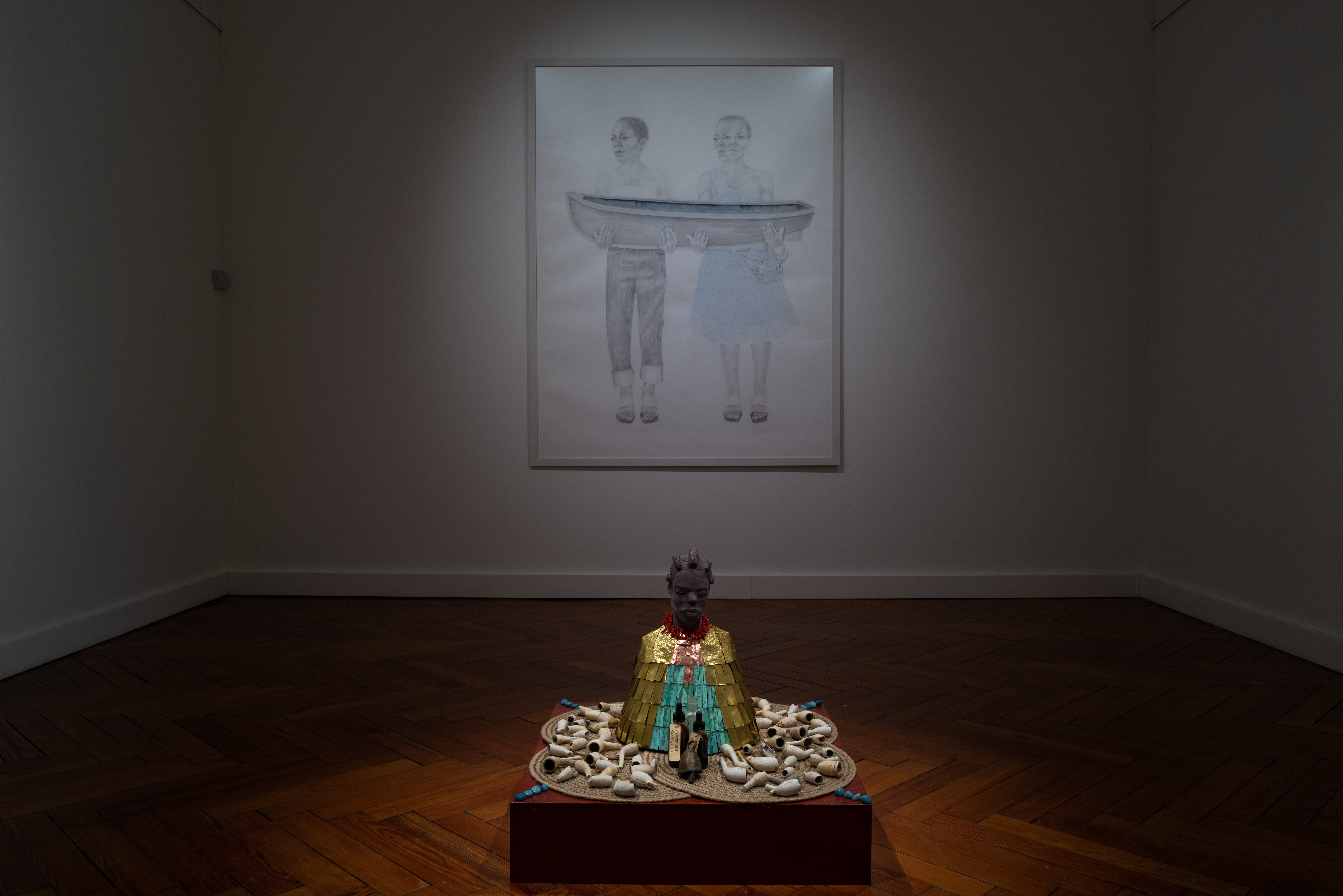
Charmaine Watkiss, Witness, 2023. Liverpool Biennial 2023 at Victoria Gallery & Museum
All work in the biennial has a connection to the triangle of Africa-The Americas-Europe, and the 35 participating artists include Edgar Calel from Guatemala; Australian Brook Andrew, whose film SMASH IT, 2018, looking at Aboriginal identity is a standout of the biennial; and British Jamaican artist Charmaine Watkiss, who looks at slavery through the lens of her Ghanaian heritage.
Not all works relate to slavery. The stunning feature-length film Stephen by Melanie Manchot looks at mental health and addiction in the city, while Benoit Piéron’s immersive work on his long-term sickness as a child speaks to hidden illness and care.
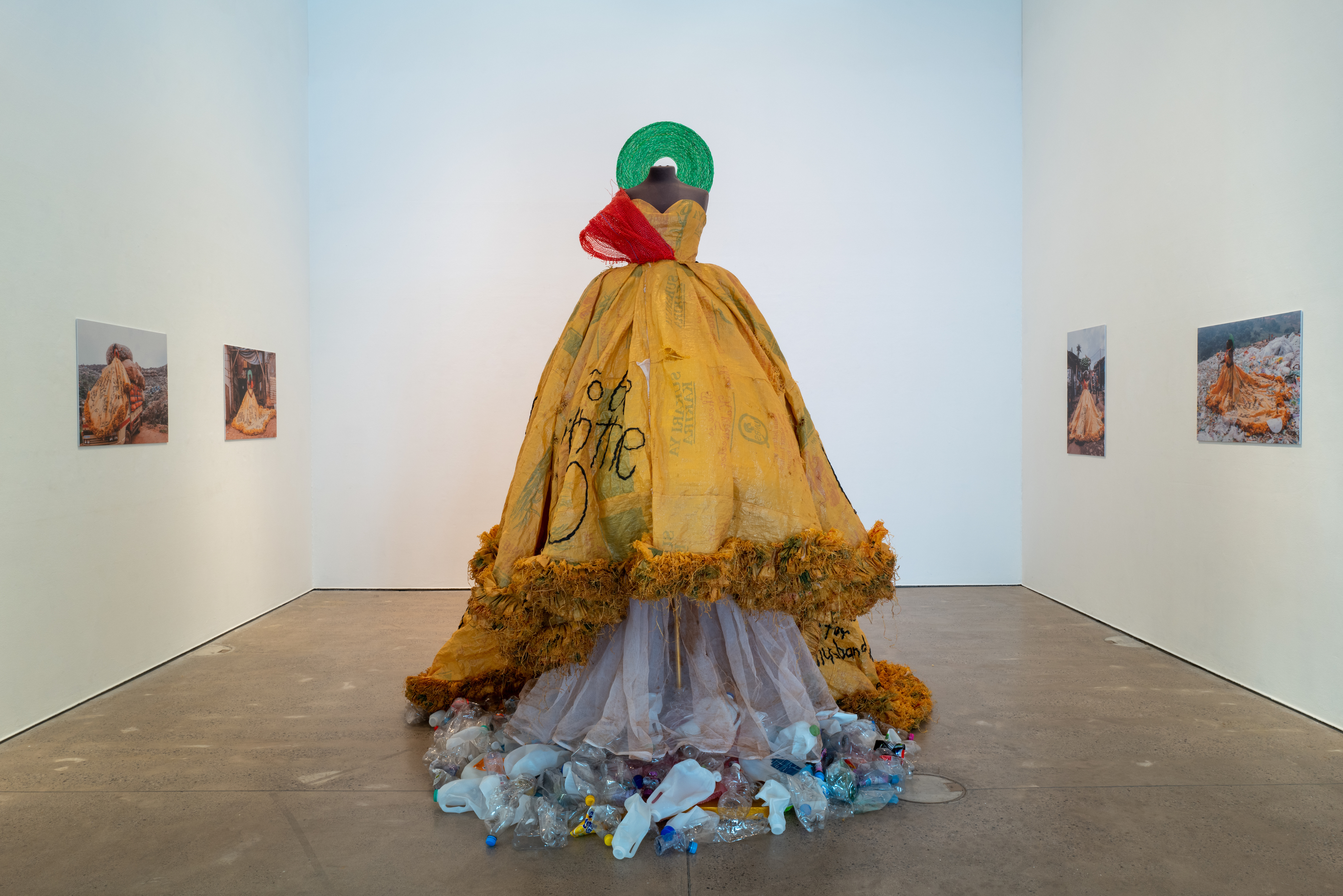
Sandra Suubi, Samba Gown, 2021. Liverpool Biennial 2023 at Open Eye Gallery
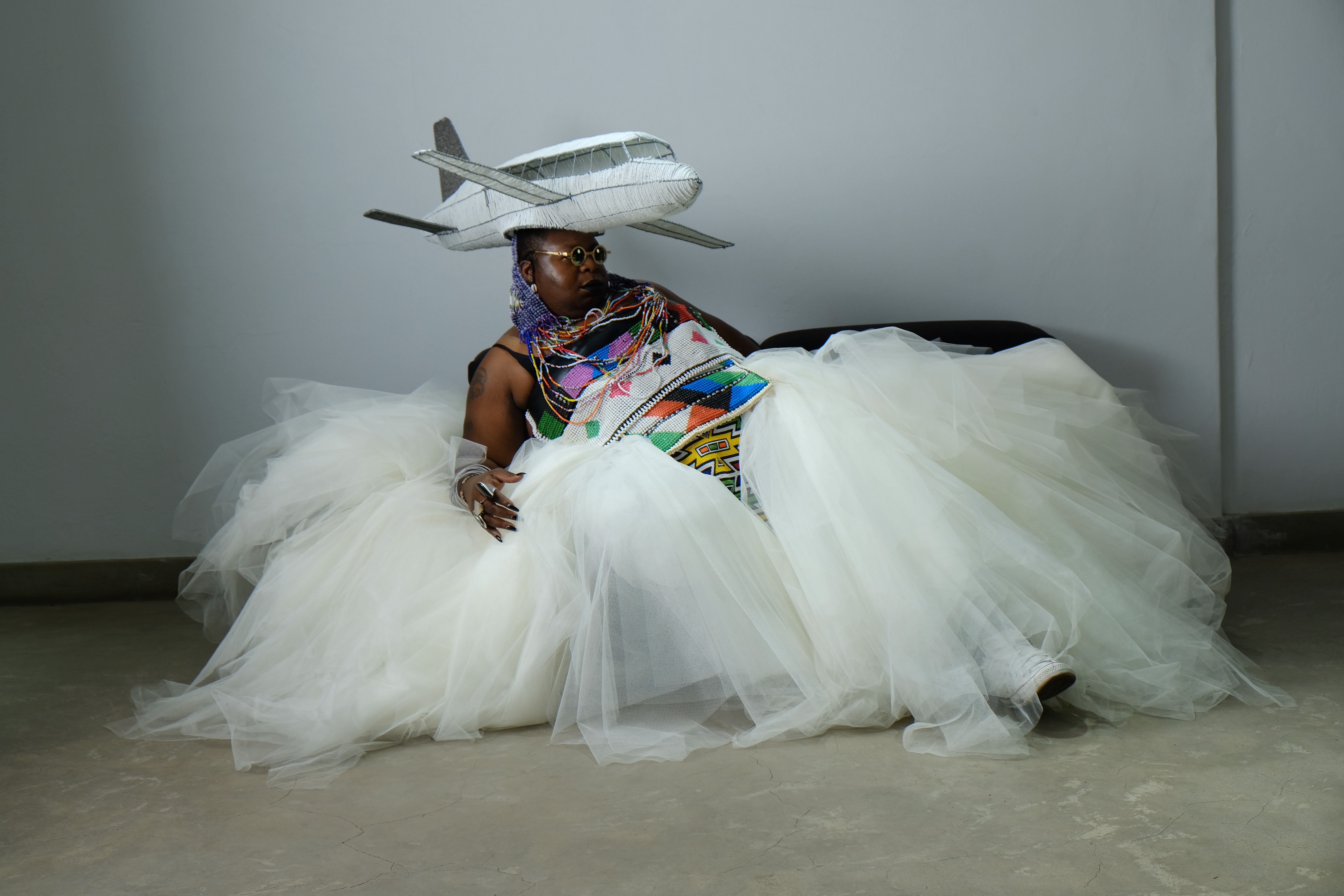
Ibokwe, Black Circus, 2022
While the individual works in the programme are great, it is the performances that really spoke to the heart of the biennial and a sense of healing. Sandra Suubi’s photography of a performance work looks at pollution in waste in Uganda, and is set around the centrepiece Samba Gown, 2021. Meanwhile, the incomparable Albert Ibokwe Khoza’s Black Circus, 2022, encouraged audience members to take part in his flipping of an all-Black human circus.
The task the Liverpool Biennial 2023 has set itself is one it could never fully achieve, in that the scars of slavery on our society will always be there, but the excavating of these long-ignored histories in relation to our lives today felt like a good start.
Liverpool Biennial 2023, 10 June – 17 September, biennial.com
Amah-Rose Abrams is a British writer, editor and broadcaster covering arts and culture based in London. In her decade plus career she has covered and broken arts stories all over the world and has interviewed artists including Marina Abramovic, Nan Goldin, Ai Weiwei, Lubaina Himid and Herzog & de Meuron. She has also worked in content strategy and production.
-
 Extreme Cashmere reimagines retail with its new Amsterdam store: ‘You want to take your shoes off and stay’
Extreme Cashmere reimagines retail with its new Amsterdam store: ‘You want to take your shoes off and stay’Wallpaper* takes a tour of Extreme Cashmere’s new Amsterdam store, a space which reflects the label’s famed hospitality and unconventional approach to knitwear
By Jack Moss
-
 Titanium watches are strong, light and enduring: here are some of the best
Titanium watches are strong, light and enduring: here are some of the bestBrands including Bremont, Christopher Ward and Grand Seiko are exploring the possibilities of titanium watches
By Chris Hall
-
 Warp Records announces its first event in over a decade at the Barbican
Warp Records announces its first event in over a decade at the Barbican‘A Warp Happening,' landing 14 June, is guaranteed to be an epic day out
By Tianna Williams
-
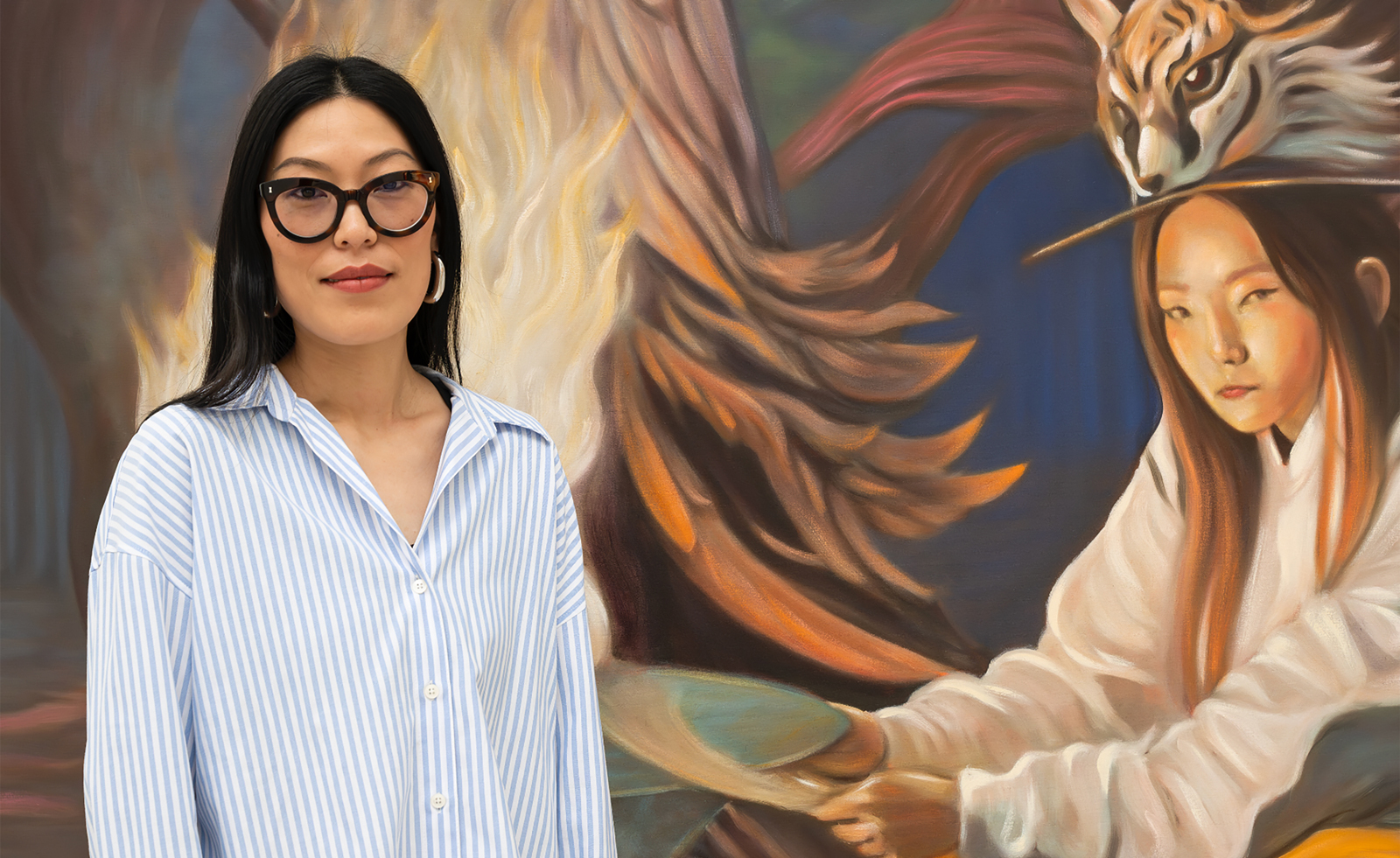 Meet the Turner Prize 2025 shortlisted artists
Meet the Turner Prize 2025 shortlisted artistsNnena Kalu, Rene Matić, Mohammed Sami and Zadie Xa are in the running for the Turner Prize 2025 – here they are with their work
By Hannah Silver
-
 The art of the textile label: how British mill-made cloth sold itself to Indian buyers
The art of the textile label: how British mill-made cloth sold itself to Indian buyersAn exhibition of Indo-British textile labels at the Museum of Art & Photography (MAP) in Bengaluru is a journey through colonial desire and the design of mass persuasion
By Aastha D
-
 From counter-culture to Northern Soul, these photos chart an intimate history of working-class Britain
From counter-culture to Northern Soul, these photos chart an intimate history of working-class Britain‘After the End of History: British Working Class Photography 1989 – 2024’ is at Edinburgh gallery Stills
By Tianna Williams
-
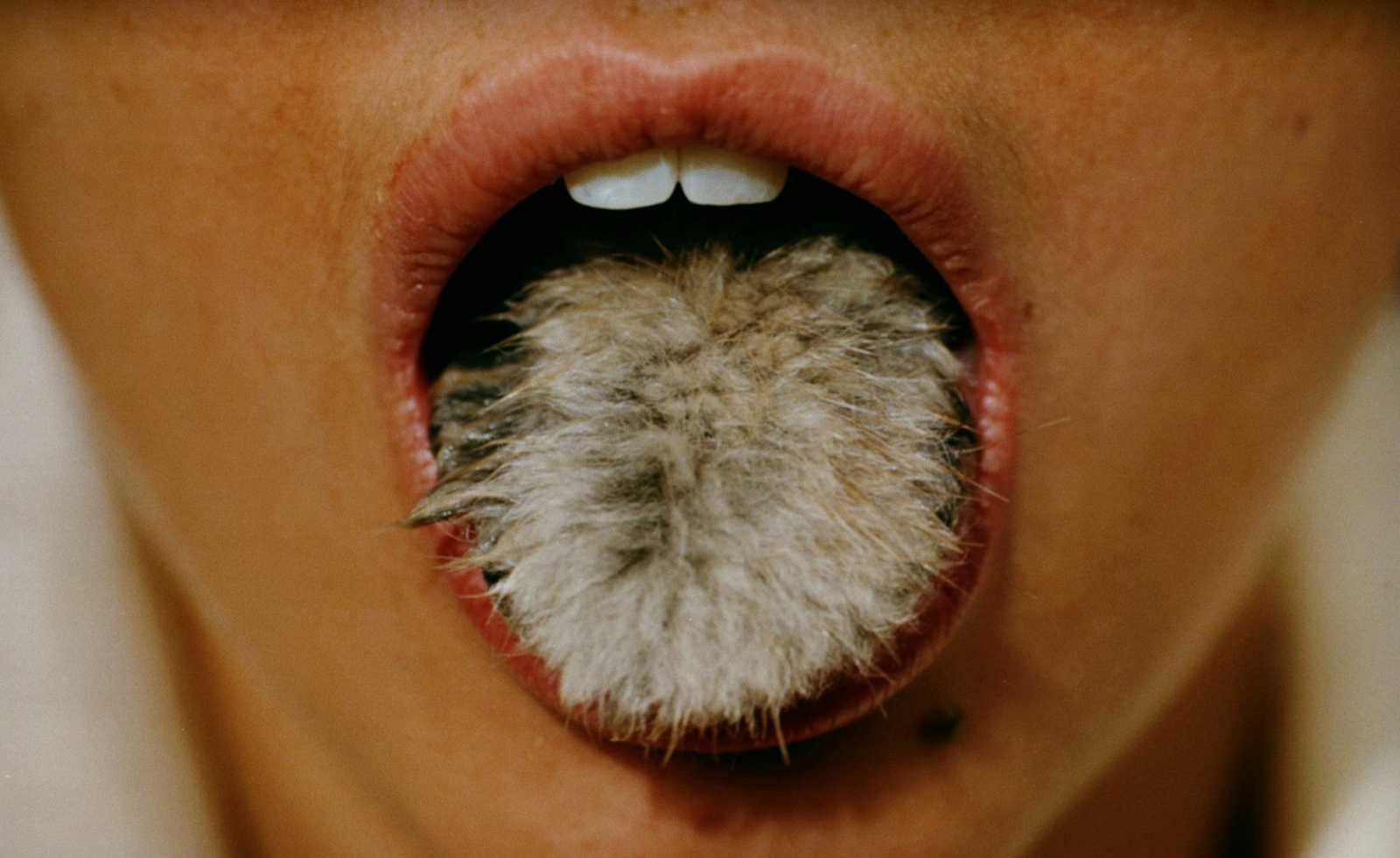 Surrealism as feminist resistance: artists against fascism in Leeds
Surrealism as feminist resistance: artists against fascism in Leeds‘The Traumatic Surreal’ at the Henry Moore Institute, unpacks the generational trauma left by Nazism for postwar women
By Katie Tobin
-
 From activism and capitalism to club culture and subculture, a new exhibition offers a snapshot of 1980s Britain
From activism and capitalism to club culture and subculture, a new exhibition offers a snapshot of 1980s BritainThe turbulence of a colourful decade, as seen through the lens of a diverse community of photographers, collectives and publications, is on show at Tate Britain until May 2025
By Anne Soward
-
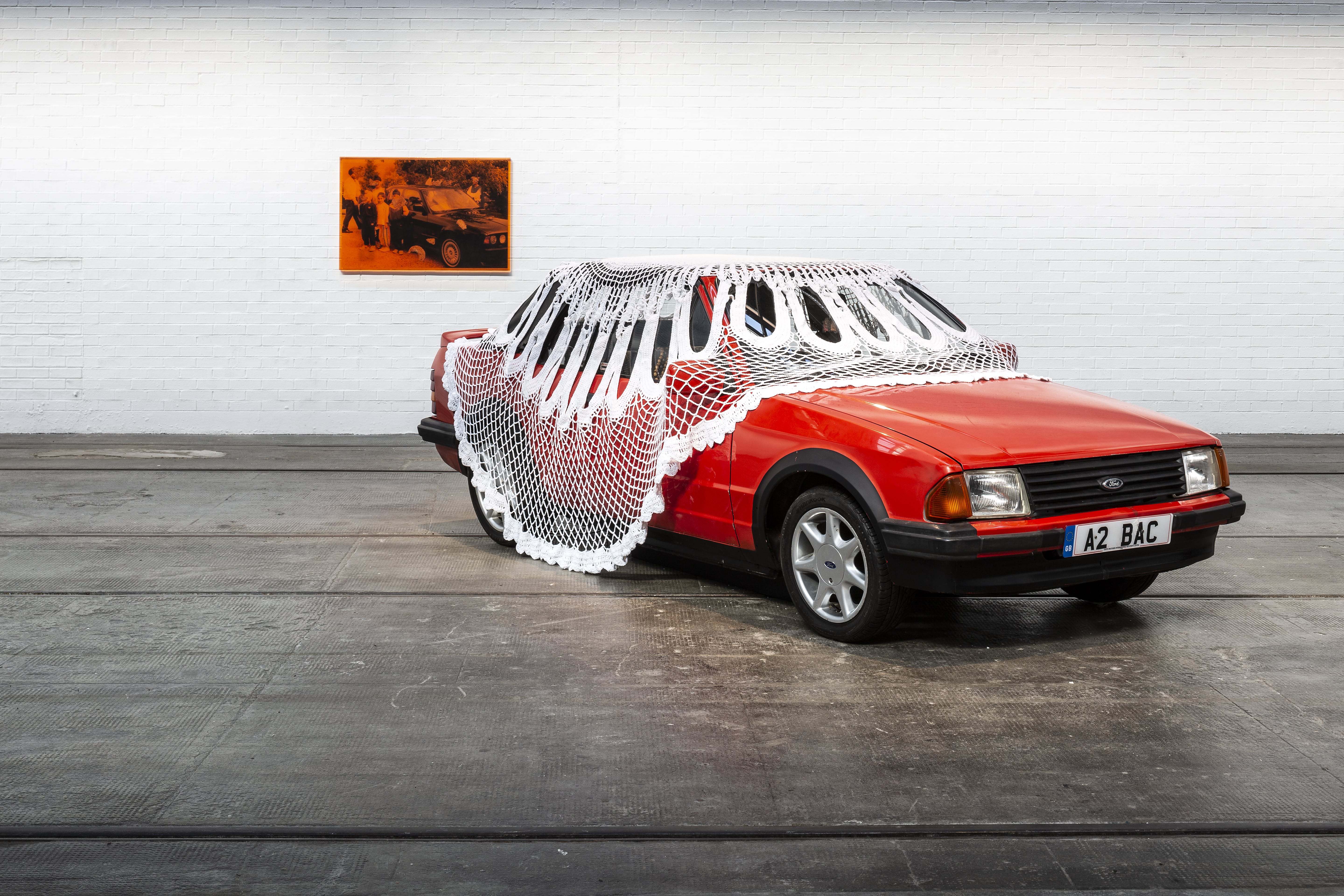 Jasleen Kaur wins the Turner Prize 2024
Jasleen Kaur wins the Turner Prize 2024Jasleen Kaur has won the Turner Prize 2024, recognised for her work which reflects upon everyday objects
By Hannah Silver
-
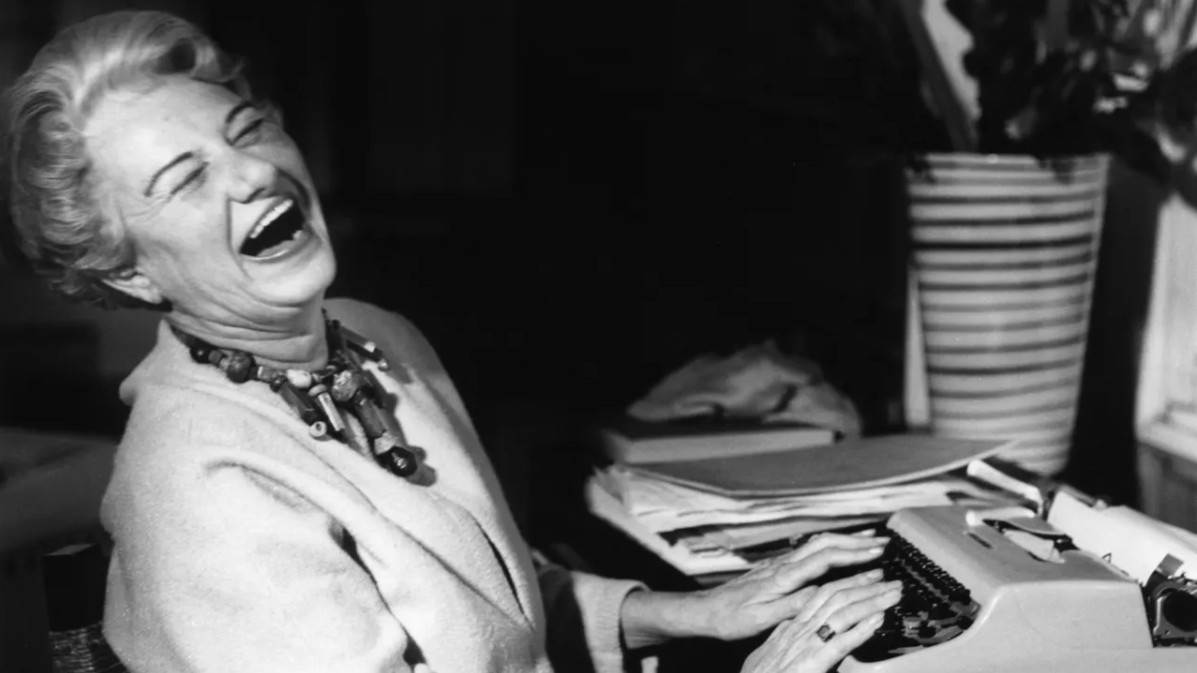 Peggy Guggenheim: ‘My motto was “Buy a picture a day” and I lived up to it’
Peggy Guggenheim: ‘My motto was “Buy a picture a day” and I lived up to it’Five years spent at her Sussex country retreat inspired Peggy Guggenheim to reframe her future, kickstarting one of the most thrilling modern-art collections in history
By Caragh McKay
-
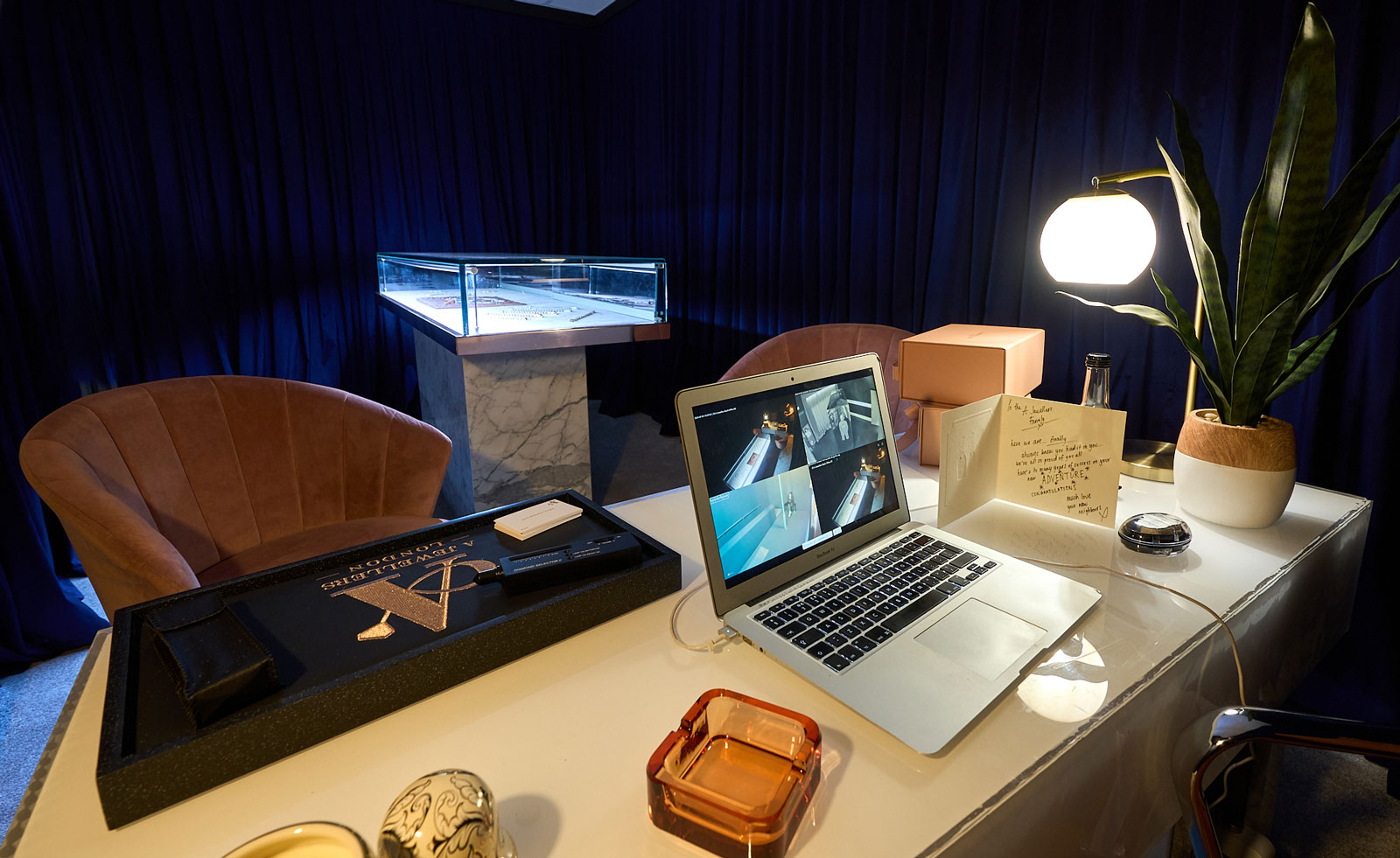 Please do touch the art: enter R.I.P. Germain’s underground world in Liverpool
Please do touch the art: enter R.I.P. Germain’s underground world in LiverpoolR.I.P. Germain’s ‘After GOD, Dudus Comes Next!’ is an immersive installation at FACT Liverpool
By Will Jennings